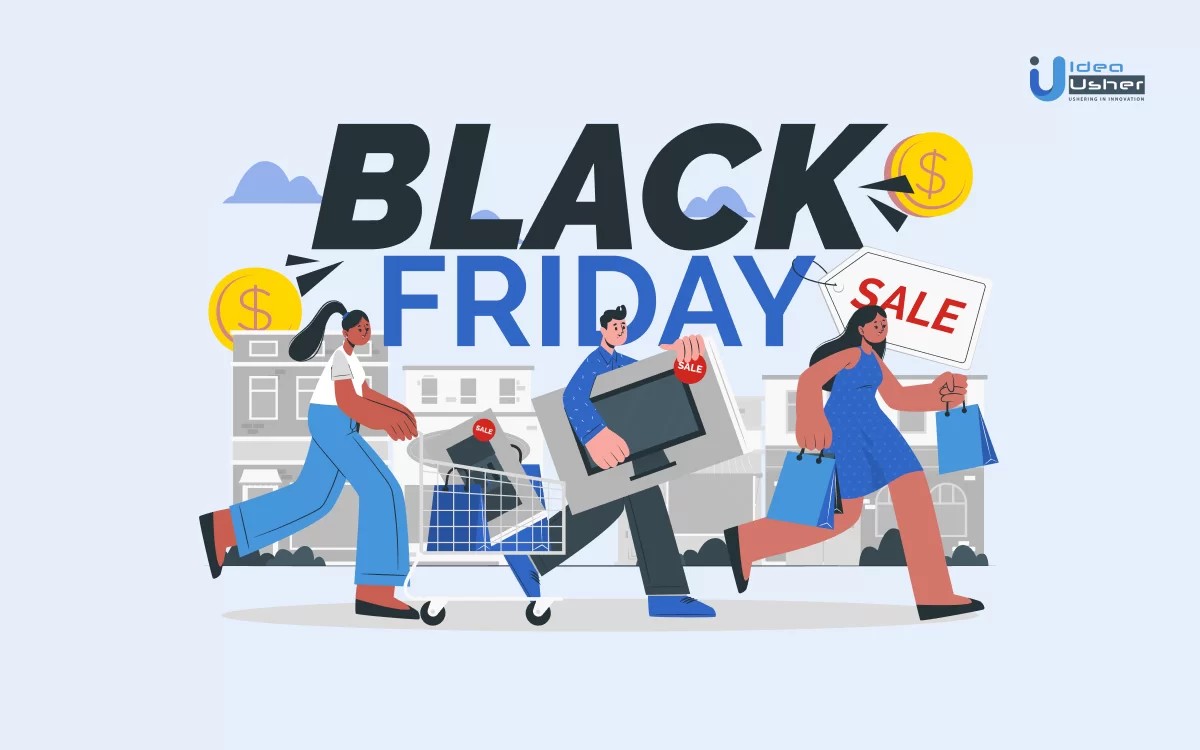The annual retail spectacle known as Black Friday no longer serves as just a shopping day; it has grown into a global economic force with billions of dollars in revenue at stake.
From bustling malls to seamless online platforms, the Black Friday sales market will reach record highs, with forecasts pointing to steady expansion through 2032 at a compound annual growth rate of 12.5 percent.
Meanwhile, a recent report from Credence Research has foreseen that the global Black Friday Sale Market will grow from USD 278.63 billion in 2024 to USD 849.39 billion by 2032, reflecting a compound annual growth rate (CAGR) of 14.95%
Once confined to the United States as the post-Thanksgiving shopping rush, Black Friday has transformed into a worldwide retail holiday that defines consumer spending trends.
The market has quickly evolved into a major pillar of the retail calendar, propelled by the surge in e-commerce, aggressive discounting, and the blending of physical and digital shopping experiences.
Moreover, analysts note that the combination of in-store traffic and booming online orders widens retailers’ reach and cements Black Friday as a growth engine for global sales.
Drivers of Growth and Emerging Challenges
Rising internet penetration and mobile shopping fuel a dramatic rise in participation, while retailers capitalize on advanced promotional strategies such as influencer campaigns and targeted social media marketing.
At the same time, technology enables a more personalized shopping experience, allowing businesses to track consumer preferences and tailor discounts with precision.
However, this growth faces obstacles. Inflationary pressure, volatile supply chains, and shifting consumer budgets weigh on spending power. Yet, sustainability trends also shape the market, as eco-friendly product offerings gain traction among conscious shoppers, giving brands new ways to align with consumer values.
Beyond Discounts: Why Black Friday Matters
Black Friday has become more than a clearance event. It now signals the official kickoff of the holiday shopping season, driving momentum for retailers and energizing consumers worldwide.
Retailers benefit from inventory turnover, higher brand visibility, and opportunities to acquire new customers, while shoppers respond to limited-time offers, exclusive deals, and the excitement of competing for bargains.
Furthermore, the influence of Black Friday stretches beyond a single day, as brands increasingly extend promotions before and after the event. This strategy not only maximizes revenue but also sustains consumer engagement well into the holiday season.
Market Segments and Shopping Preferences
The market segments itself across online and in-store channels, reflecting consumers’ shifting preferences. Online sales dominate due to convenience and digital adoption, while physical stores continue to attract those seeking an experiential shopping atmosphere.
Popular product categories include clothing, footwear, beauty and personal care, consumer electronics, and appliances, which consistently register strong demand.
Additionally, gift cards, toys, books, jewelry, and accessories further diversify the shopping basket, catering to seasonal gifting trends.
Regional Growth and Opportunities
North America remains the epicenter of Black Friday activity, with the United States leading global participation. Canada also contributes strongly, while Europe shows robust sales in the U.K., Germany, and France.
Meanwhile, the Asia-Pacific region, particularly China and India, witnesses rapid growth as e-commerce platforms drive participation. In Latin America, Brazil and Mexico contribute significantly, while Turkey and the UAE dominate in the Middle East.
Analysts believe that while the U.S. will continue to anchor global sales, Asia-Pacific will emerge as the fastest-growing region.
Competitive Landscape and Market Leaders
The market’s growth takes shape through both established giants and new entrants. These include Jumia, Konga, Bokku, Shoprite, and several others such as Amazon and Walmart.
These platforms continue to dominate the space with massive reach and unmatched discount strategies.
Amazon’s digital ecosystem leads online sales, while Walmart and Target exploit their store networks and omni-channel models.
Best Buy and New Egg thrive on demand for gadgets, while Apple attracts premium buyers with limited-time offers on its flagship products.
The Road Ahead
With its blend of tradition, innovation, and global participation, Black Friday has become one of the most powerful engines of consumer spending.
As retailers refine their strategies with personalized offers, digital-first campaigns, and sustainable products, the market will unlock even greater potential.
For shoppers, the event promises deals and experiences that extend far beyond the checkout line, shaping how the world shops in the digital era.
Also Watch:MARKETING EDGE ONTV







Comment
No comments found.